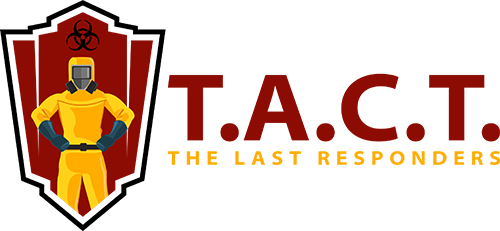Understanding Hoarding
Whether you or someone you care about is facing a hoarding situation, T.A.C.T. Fort Worth is prepared to help. Over years of collecting items, trash and clutter can build up into an intimidating, and even dangerous, environment. We recognize the feelings of embarrassment or shame that often come with hoarding, but please know there is no need to feel that way. Our professionals have successfully handled many hoarding cases and are trained to do so with the utmost respect.
Compassion, Discretion, and Efficiency
At T.A.C.T. Fort Worth, we’ll manage your situation with both sensitivity and care. We know that much of the accumulated clutter has sentimental value and memories attached, making it difficult to let go. You can trust that, when we help you clear away the clutter, you’re in expert hands and have made the right decision.
What Is Hoarding Disorder?
Hoarding disorder is characterized by an excessive accumulation of items—regardless of their actual value—and a persistent inability to discard those items due to a strong need to save them. This behavior can result in:
- Emotional distress
- Financial difficulties
- Legal issues
- Health and safety hazards
These complications can affect both the individual with hoarding disorder and those who attempt to assist. If you are dealing with a hoarding situation, reaching out to professionals like T.A.C.T. Fort Worth, will give you guidance through the process and help devise a plan to quickly handle the clean up. Cleaning up such situations without trained assistance can be risky and complex.
The Five Levels of Hoarding
Level 1: Minimal Hoarding
- Living spaces remain largely usable.
- Only a few areas show minor clutter.
- No major sanitation or safety concerns.
- Hoarding is not obvious and daily life is mostly unaffected.
Level 2: Mild Hoarding
- Clutter and disorganization are more evident.
- Some areas in the home may be blocked or difficult to access.
- Subtle odors, dusty surfaces, or poor housekeeping may emerge.
- Possible issues with pet care or excess pets, with minor safety risks starting to surface.
Level 3: Moderate Hoarding
- Clutter significantly impedes movement, and multiple areas or rooms may be obstructed.
- Essential appliances (e.g., stove, refrigerator) might not function due to blocked access.
- Visible damage to the home structure is possible.
- Odors, mold, or pest infestations can appear, and sanitation problems become more pressing.
Level 4: Severe Hoarding
- Most of the residence is overwhelmed by clutter, making many rooms inaccessible.
- Deteriorating food, animal waste, or hazardous materials may be present.
- Utilities (water, gas, electricity) could be disconnected.
- The property may have substantial structural damage.
- Serious health and safety threats demand immediate professional involvement.
Level 5: Extreme Hoarding
- The living space is essentially uninhabitable.
- Human waste, biohazards, or even deceased animals may be discovered.
- The home’s structural integrity is severely jeopardized.
- Risks of fire, injury, or illness are extremely high.
- Urgent professional action is required to restore a safe living environment.
These categories offer general guidelines, but each hoarding situation is unique. A comprehensive assessment by professionals is crucial to manage hoarding safely and effectively. T.A.C.T. Fort Worth is qualified to properly assess the level of hoarding you’re dealing with, and provide you with an accurate estimate for clean up.

